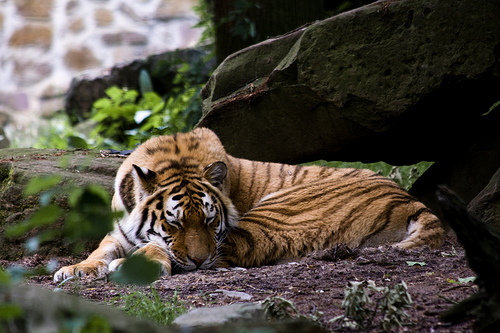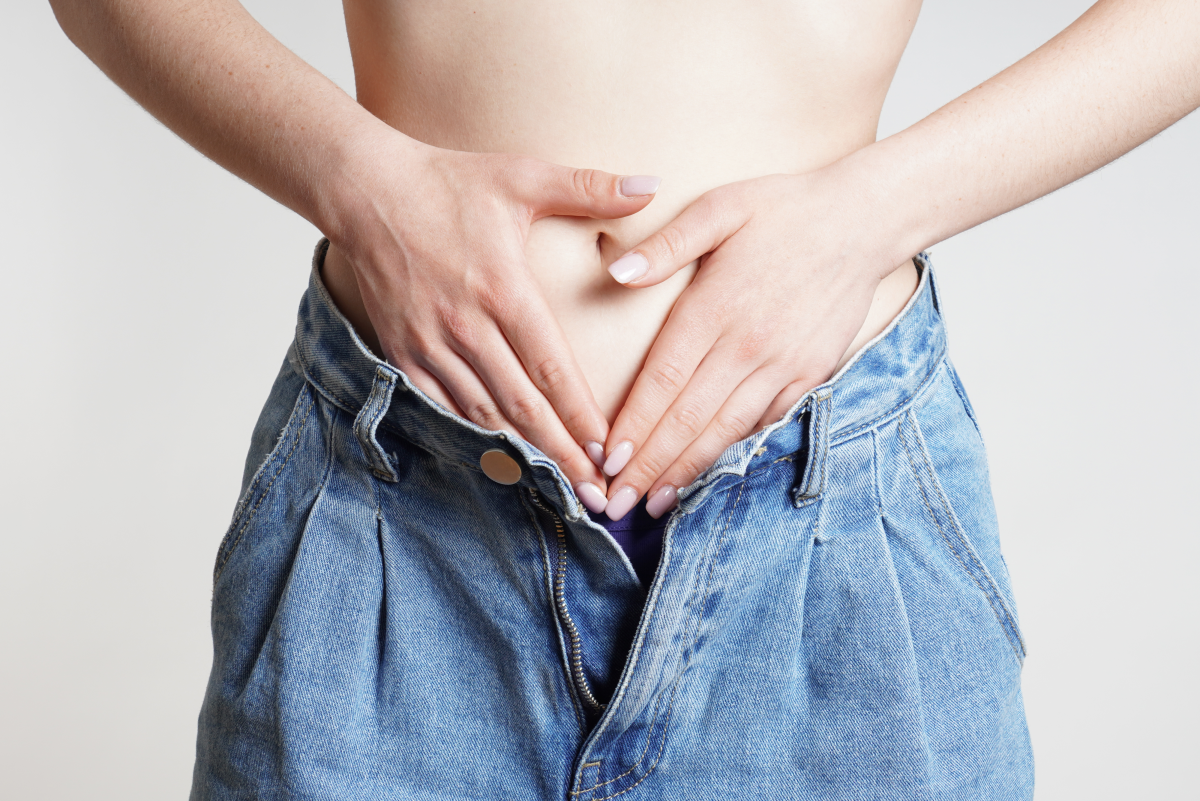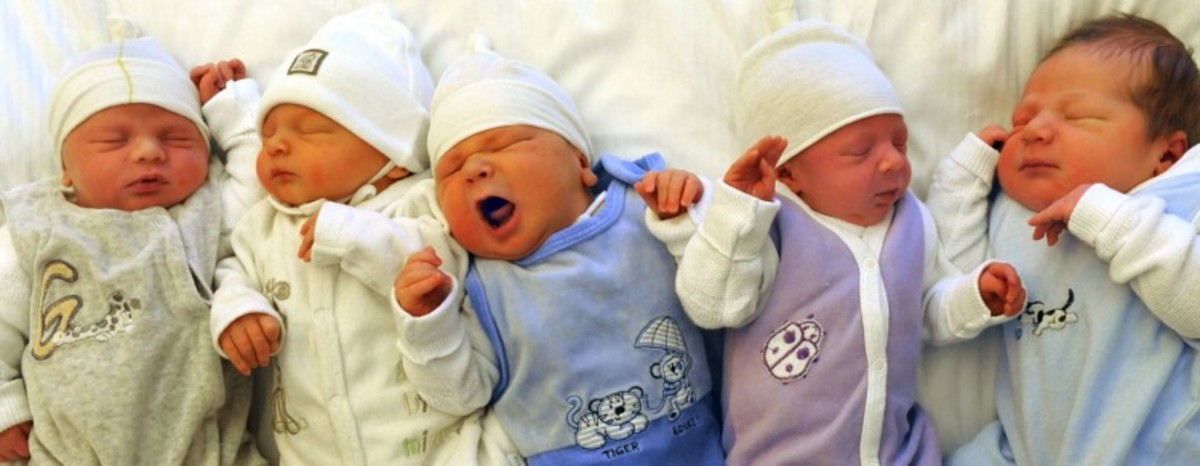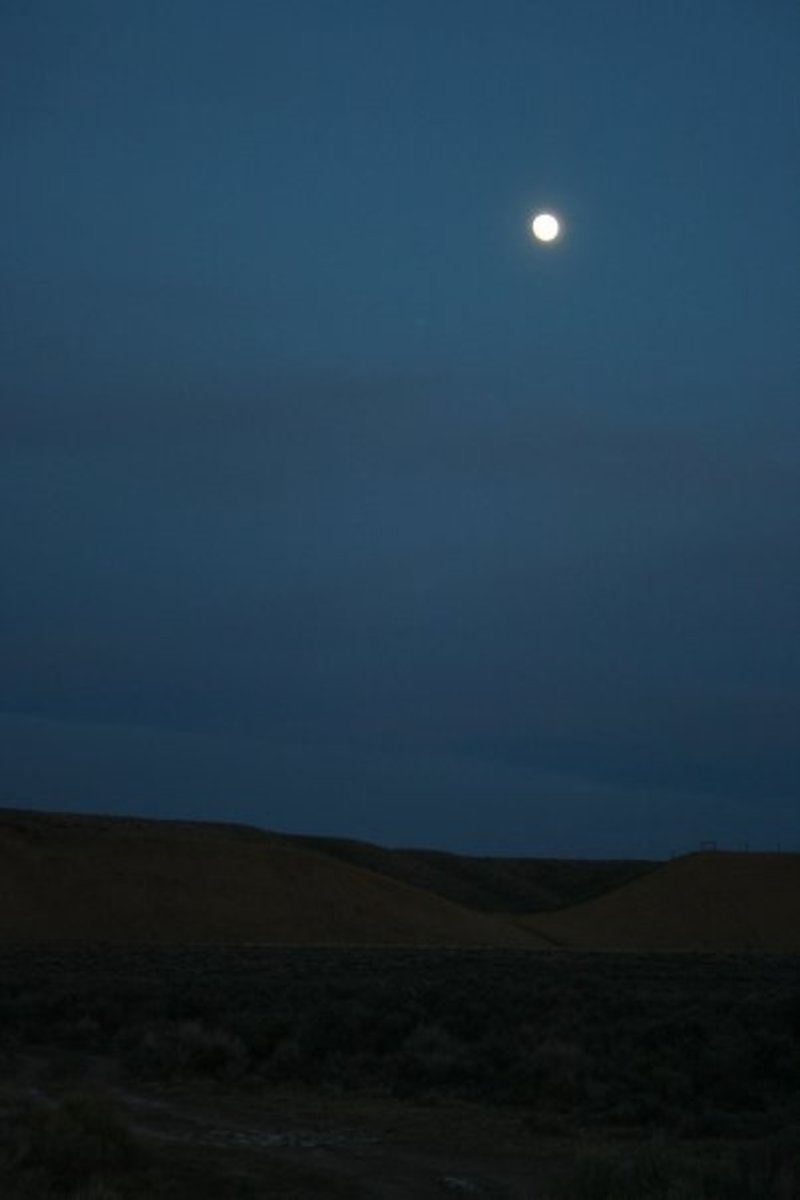Understanding Sleep

When writing and researching the hubs I wrote for the Healthy Hubs Contest the hubs I wrote nearly all revolved around the subject of insomnia so it seem a logical step to take these hubs and group them together and put some structure to them. The first step in adding the structure was to add a hub which explained about insomnia in more detail. The next step was to add this hub explaining more about sleep.
What is sleep?
Sleep is a physical and mental state in which our body temperature, breathing rate, blood pressure and most of our other bodily functions decrease. Our brains however remain as active as they were when we were awake but we become detached from the world and are able to block out most external stimuli. Effectively we partially detach ourselves from the real world but are able to select what stimuli we block. This explains why we can sleep through a thunderstorm yet hear the slightest cry from our children.
Why do we sleep?
The simple answer to this question is at the moment we don't really know but the researchers and scientists fall into two main camps. Those that believe that sleep has a restorative function and those that believe it is an evolutionary adaption.
The "Restoratives" believe that we sleep to restore, rejuvenate and renergise our bodies and minds. They believe that our brains carry out vital housekeeping tasks during this this time out, organising our memories and sorting out the repair and renewal of our nerve cells, tissues and other biochemicals.
The "Evolutionaries" believe that sleep is not essential and it evolved as a practical adaptation to it being easier to be active during during the day finding food and mates and to conserve energy and be dormant during the night when it is easier to hide from predators.
In my research for this hub I looked at the evidence being put forward by both sides and the merits in the "Restoratives" theory is easy to see as you only need to think about what happens when we don't get enough sleep. The "Evolutionaries" counter to this is that we have evolved to the situation whereby sleep became restorative. If you have a period of downtime it would makes sense to optimise it. They consider that the proof of their theory can be found in the dolphin and the fact that they don't sleep. The counter to this argument is that whilst dolphins don't sleep in the way that we do they do have periods of neural activity called Unihemispheric Slow Waves (USWs). Unusually these only occur in one half of their brain at a time and the dolphin is able to continue moving normally and avoid obstacles. So the "Restoratives" turn the evolutionary argument back against the "Evolutionaries" by putting forward the suggestion that dolphins have evolved a highly specialised method of sleep in one half of their brain at a time and the very fact that they do this proves that sleep is essential.
It would therefore seem that the dolphin and proving whether they sleep or not will hold the key to settling this argument.
How is sleep studied?
A polysomnogram or PSG is a comprehensive and non-invasive sleep study test that records vital signs and physiology of the subject whilst they sleep. The study records results of:
- Changes in electrical activity in the brain
- Changes in muscle tone
- Eye movements
- Respiratory airflow
- Blood oxygen saturation levels
- Pulse rate
- Heart rate
- Body position
- Respiratory effort.
The researchers are able to analyse the results of all these various measurements to identify what is happening in the brain and body during the different stages of sleep through the night. The study of sleep has come to be considered as both valuable and pertinent area of research and in fact only recently the American Medical Association recently recognised sleep medicine as a speciality.
Recognising Sleep
What happens when we sleep?
Our sleep is made up from a number of repetitions, usually four or five, of a sleep cycle which lasts somewhere between 90 and 110 minutes. Each of these sleep cycles contains two types of sleep, REM and Non-REM sleep and there are four stages of Non-REM sleep. REM stands for Rapid Eye Movement and this is the stage of sleep when we dream and our eyes can be seen moving under our eyelids.
The Sleep Cycle starts with:
Stage One of Non-REM sleep - Light Sleep - 5%
During this period of sleep, we're only half asleep so we can easily be awakened. Our eyes make slow rolling movements and our muscle activity and breathing rate slow down and slight twitching may occur. Only 5% of our sleep is spent in this light sleep and within 10 minutes our bodies move to the next stage
Stage Two of Non-REM sleep - True Sleep - 45%
This period of sleep usually lasts around 20 minutes and around 45% of sleep is spent in Stage 2.. Our eye movements stop and our breathing pattern and heart rate start to slow down. This period accounts for the largest part of our sleep.
Stage Three of Non-REM sleep - Deep Sleep -12%
We spend about 12% sleep in this stage and our breathing and heart rates fall to their lowest levels. As our sleep becomes deeper and deeper we become more diffcult to wake.
Stage Four of Non-REM sleep - Very Deep Sleep - 13%
Stage four is a very deep sleep in which we breath rythmically and have limited muscle activity and it accounts for 13% of our time asleep. If we are awakened from deep sleep or very deep sleep we find it difficult to adjust immediately and can feel disoriented and groggy for several minutes after waking up.
REM Sleep - Dreaming - 25%
Most of our dreaming takes place in this stage. Our brains block the signals to our muscles so that we are unable to move. Our eye movements become rapid causing our eyelids to flutter and our breathing, heart rate, blood pressure and body temperature fluctuate. REM sleep is also called "paradoxical" sleep because paradoxically our brain wave activity during REM sleep is similar to that when we are awake. We spend around 25% of our sleep in REM sleep.
After REM sleep, the whole cycle begins again.
Sleep Therapy
Why do we sleep when we do?
We normally sleep at night becasue of our circadian rhythms otherwise known as our body clock. Our bodies go through a natural cycle each day and any cycle which lasts 24 hours is called circadian.
There are tiny structures in our brains called suprachiasmatic nuclei (SCN) which coordinate our circadian rhythms and are light (and therefore dark) sensitive. However studies have shown that our body clocks continue to operate in the absence of light.. Sleep and wakefulness alternate, usually between night and day, but sleepy peaks occur every 12 hours, at night, and then again around mid-afternoon. By putting into action a complex process of hormonal and neurological changes our body clock causes us to be awake when it is daylight.
We do however suffer a postprandial (after lunch) dip in the mid afternoon during our period of awakeness. This dip is caused by a drop in our body temperature and when our body temperature begins to drop, we are sleepier than when it begins to rise.
Our need to sleep is governed by the amount of time we are awake. The longer we are awake the longer we need to sleep - this is a homeostatic regulation. The hormone melatonin effectively regulates the timing of our body clock. This hormone is produced in our pineal gland in the brain and production increases during hours of darkness making us sleepy and decreases during daylight.
What happens if we don't get enough sleep?
Without enough sleep, our ability to perform even the simplest of tasks drops dramatically, our performance is impaired and we become irritable and unable to concentrate. Longstanding sleep deprivation can cause hallucinations, mood swings, erratic behavior and in very exceptional cases death. Our impaired performance and lack of concentration has caused many accidents and tragedies. To give just one example current figures estimate that one third of us will fall asleep while we are driving at least once in our lives. There are approximately 100,000 of these accidents each year which give rise to more than 71,000 injuries and 1,500 deaths and which cost $30 billion.
Loss of sleep not only impacts on our mental functioning it slso impacts on our emotional and physical health. Sleeping disorders have been linked to depression, stress and high blood pressure and research is now suggesting that sleep deprivation may also increase the risk of obesity because hormones and chamicals which control our appetite and weight gain are released whilst we sleep.

How much sleep do we need?
Most of us underestimate the amount of sleep we get most likely because we are only too easily aware of the time it takes us to fall asleep or the difficulty we have staying asleep or when we wake earlier than we should. We don't think about the time we spent sleeping we only think about the seemingly unending time spent awake when we should have been asleep.
Statistics show that we are sleeping less than our parents but the current concensus is that most adults need between seven and nine hours sleep each night but this differs between individuals with some functioning well on just six hours and with others needing up to ten hours.
Our sleep patterns and circadian rhythms change as we age. As infants spend we spend 50% of our sleep time in non-REM sleep and 50% in REM sleep and the periods of deep sleep coincide with the release of our growth hormones. As adults we spend about 25% of our sleep time in REM sleep and when elderly we may spend only 15% of our sleep time in REM sleep. The elderly also tend to spend the majority of their sleep time in Stage 1 of non-REM sleep. and becasue of this they wake more frequently and have a poorer quality of sleep and report frequent awakenings.
Some Interesting Facts about Sleep
We can survive three times longer without food than we can without sleep.
The Guiness Book of World Records stopped recognising sleep deprivation as a world record because they were concerned about the possible adverse effects of the individuals.
The suspension means that the recognised world record of 11 days (264 hours) without sleep set by Randy Garner in 1965 can't be officially be beaten although a few individuals have claimed to have done so.
Other animals daily sleep requirements
- Brown Bat 19.9 hours
- Python 18 hours
- Tiger 15.8 hours
- Cat 12.1 hours
- Chimpanzee 9.7 hours
- Pig 7.8 hours
- Sheep 3.8 hours
- Giraffe 1.9 hours












